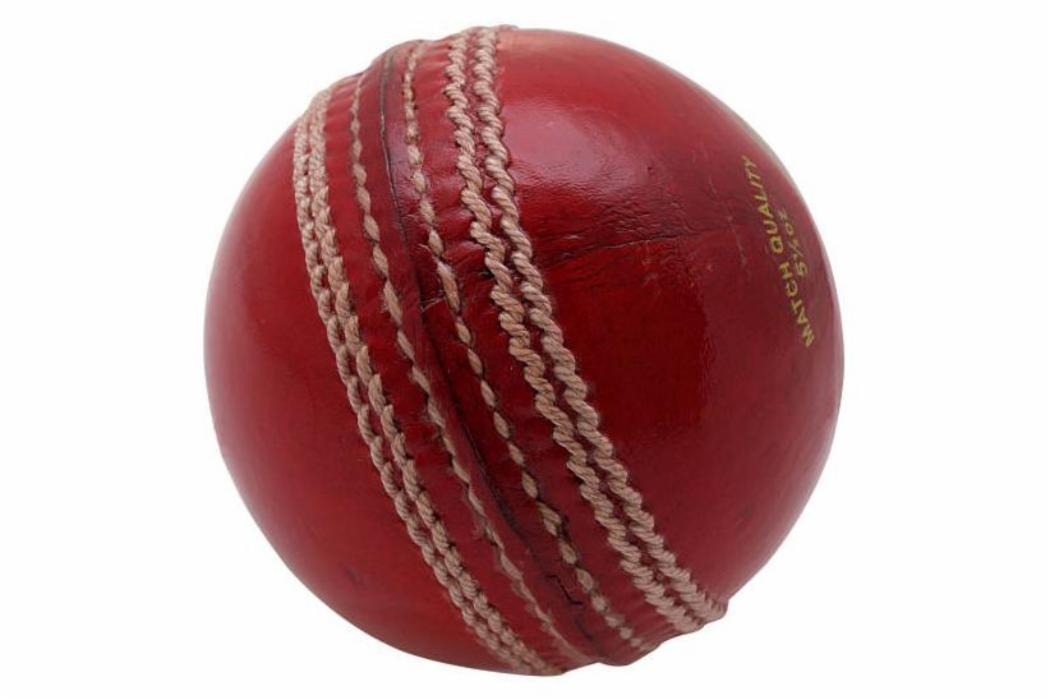Could better injury prevention have changed the outcome of the World Test Championship cricket Final played by New Zealand and India this week? Possibly, says University of Canterbury sports science lecturer Dr Sibi Walter, but at this level, the fewer injuries the better.
"The knowledge to identify and classify injuries is an essential step towards preventing them. Reducing the injury risk will help these elite cricketers participate in the game and contribute to their team's victory, especially during these crucial matches. The long and complicated format of making it to the finals of the World Test Championship requires consistent performance from these cricketers to be selected to play at this level. After much arduous work, if they cannot contribute to their teams' victory due to an injury, it will surely be disappointing.
Dr Walter's PhD thesis, which he completed at the University of Canterbury, focused on cricket players' shoulder injuries, but the sports science programme at the university looks more broadly at all injuries and their prevention.
Have the test cricketers managed to keep their injuries at bay?
"Looking at the Black Caps, Tom Latham is recovering from an impact-related elbow injury and, so does Kane Williamson, who is recovering from an overuse-related elbow injury. B J Watling suffered from a sore back, and Colin de Grandhomme has to deload his ankle to prevent it from getting worse," Dr Walter says.
"At the same time, the Indian team's wicketkeeper Wriddhiman Saha suffered a groin and shoulder injury. Others in the blue team, such as Ravindra Jadeja is recovering from a finger injury, and so does Mohammed Shami, who fractured his wrist. The lower limb also is not spared, Hanuma Vihari's hamstring and Umesh Yadav's calf muscles were also injured.
"While both teams encountered impact-related injuries, most of them were overuse-related and could have been avoided."
Identifying the causes of overuse injuries is vital for their prevention, Dr Walter says.
“Overuse injuries could be due to intrinsic or extrinsic factors. Examples of intrinsic factors are skeletal maturity, anatomical variations and biomechanical movement patterns, but these factors don’t contribute to a majority of injuries among first-class cricketers.
“Extrinsic factors such as equipment, environment and training methods also contribute to overuse injuries. More specifically, training regimes are implicated in predisposing elite cricketers to overuse injuries. A rapid rise in training and match load after a period of decreased activity, mismatch of the physical fitness to game demands and prolonged participation at high match intensities are all factors that lead to an insufficient adaptation period for the body to respond to the high stress, leading to excessive microtrauma and ultimately tissue breakdown.”
Monitoring training and match workload are vital to reduce injury risk; too much too soon or too much for too long may predispose an athlete to an injury.
“A planned training programme over the year will enable an athlete to perform at their best by reducing injury risk. Increasing the training volume and reducing the intensity during the preseason, and vice versa during the match season, will condition the soft tissues to adapt to the demands of the tournament.”
Pain must be taken seriously and managed, including with rest periods to allow soft tissues to heal. Nutrtition is also key to helping to heal injuries.
Injury prevention is not just the purview of elite sportspeople; in fact, we need to be preventing injuries at all levels.
"From the years 2005 to 2016, around 86000 new ACC claims were related to cricket injuries across Aotearoa," Dr Walter says.
"Prevention of sports injuries has to be methodological and systematic. Education programmes explicitly catered for sports injury prevention could be helpful for individuals passionate to work with cricket teams and other sports."
The University of Canterbury's Bachelor of Sports Coaching programme features a focus on performance and injury prevention to prepare graduates to contribute to the performance of New Zealand athletes on the international stage, with the expertise to add benefit at elite through to community level sports.









